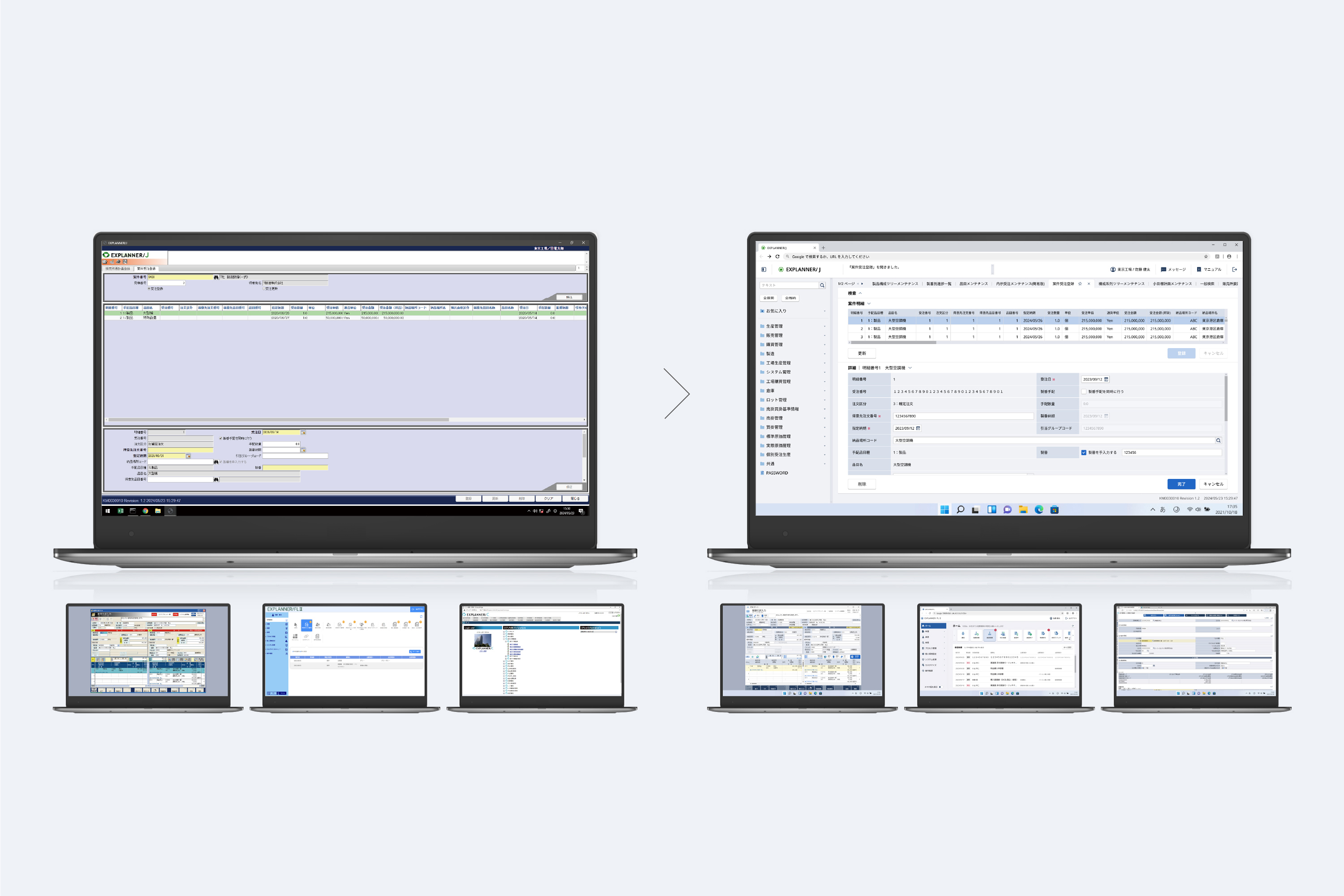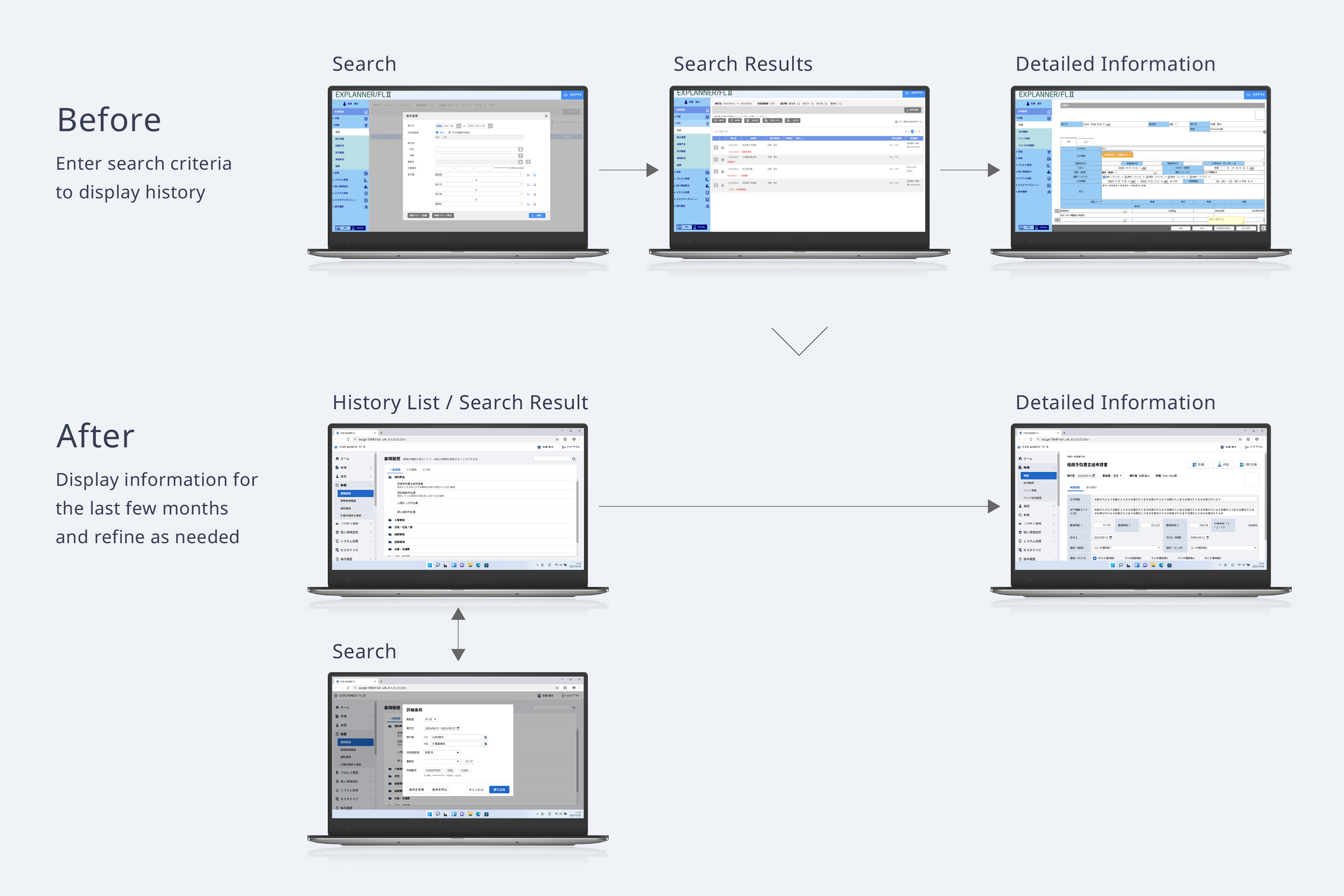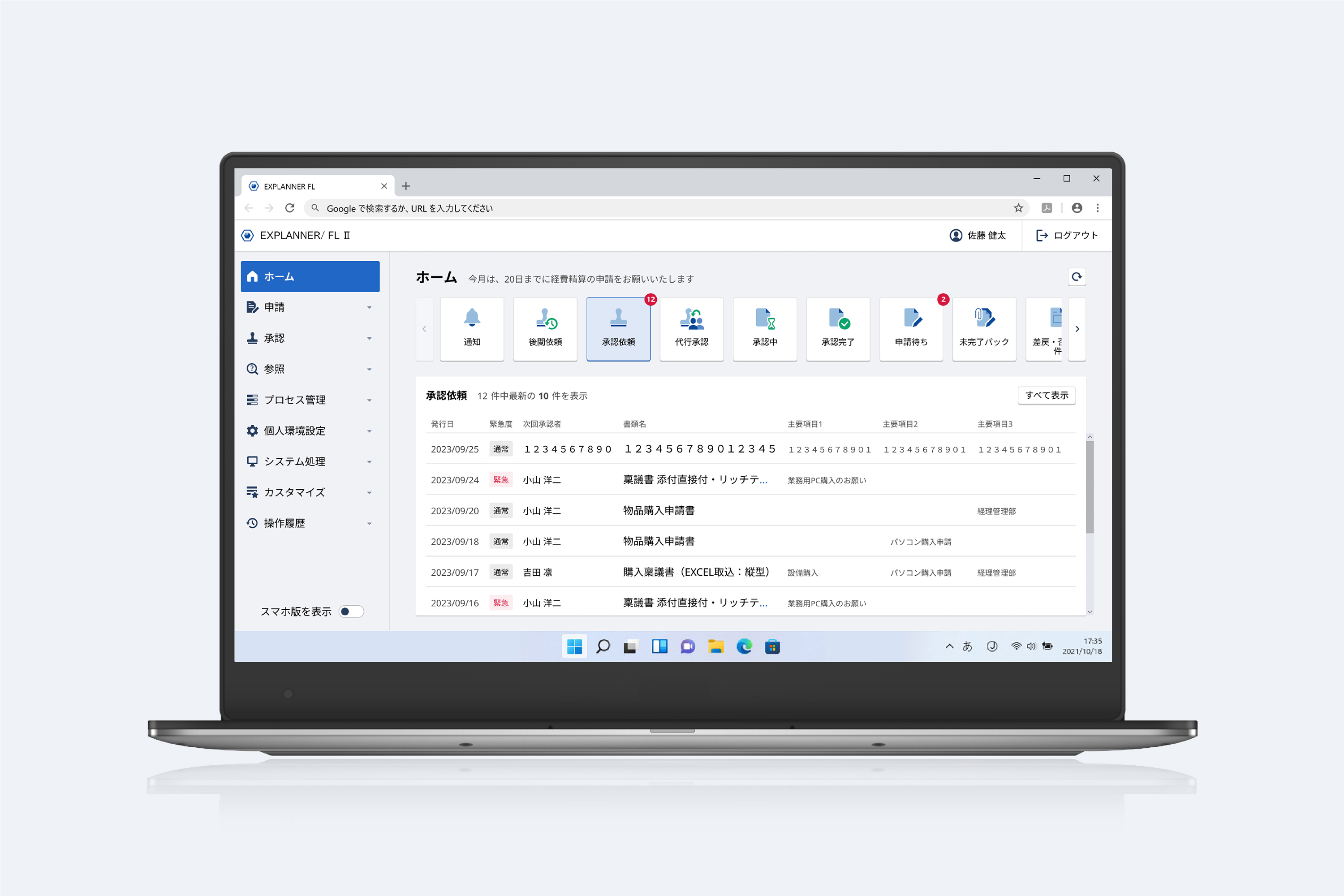
Designers
NEC Corporation: Yoshiteru Tomooka, Naomi Shinada / Loop Design Inc.: Yasuhisa Tawa, Yuzuki Tamai, Keita Imai
Year
2025
Category
Product
Country
Japan
Design Studio / Department
Corporate Design Department
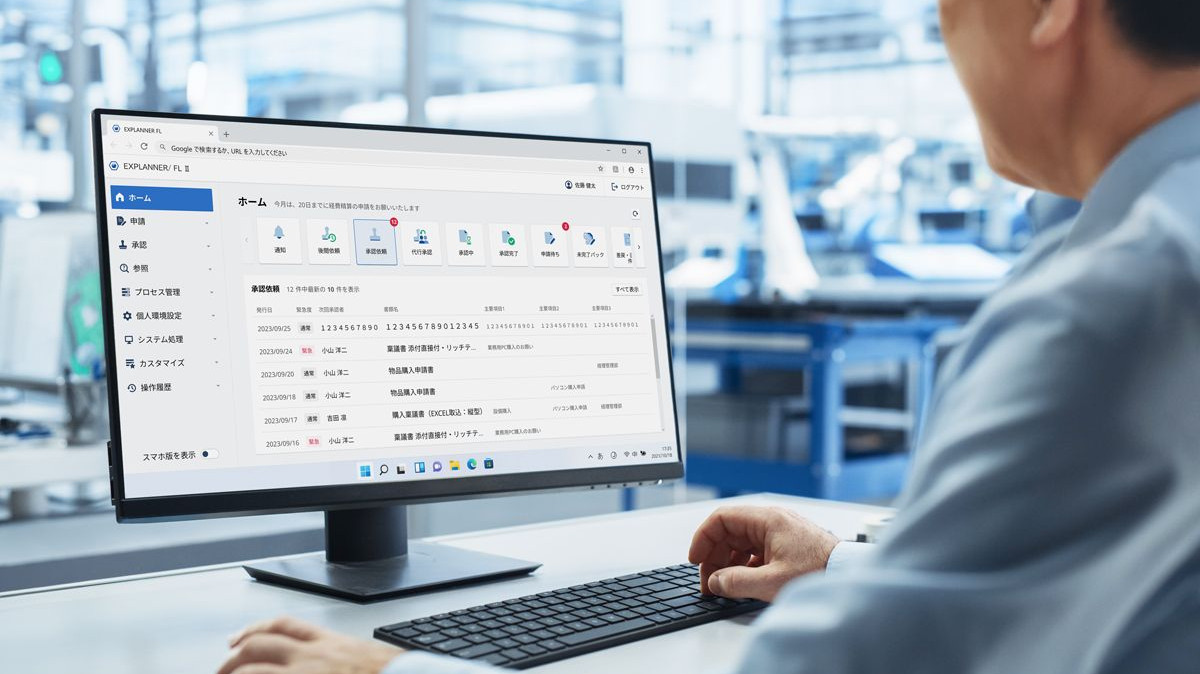
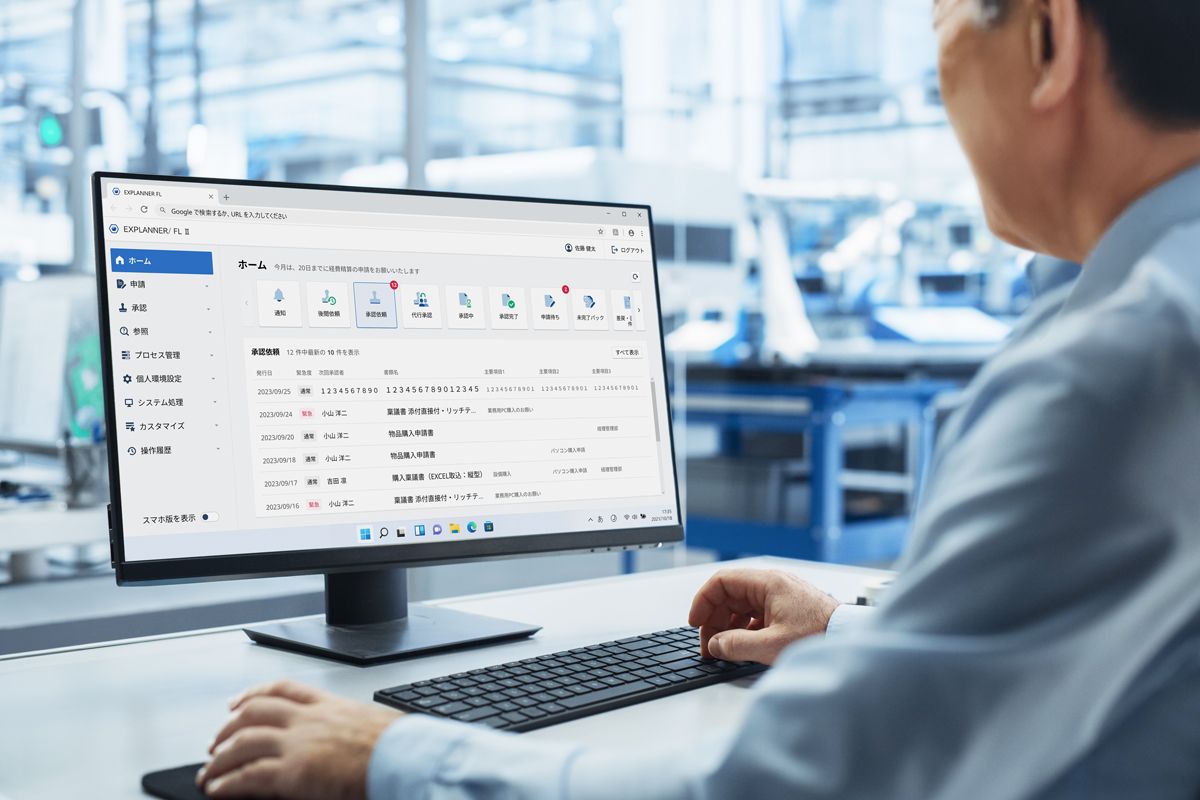
Three questions to the project team
What was the particular challenge of the project from a UX point of view?
Each product had different screen compositions and flows, resulting in differences in operability. This was because each product was developed at different times and was created in line with the design trends of that moment. As a result, the overall design and screen composition rules did not have a sense of unity. These differences led to this redesign project.
In terms of screen composition, rules such as button position height, how searches are performed and the screen layout were not unified between products. In design terms, there were few established rules in terms of color. Elements such as what part of the screen users should focus on and what each button meant were also difficult to understand at a glance.
What was your personal highlight in the development process? Was there an aha!-moment, was there a low point?
Developing the EXPLANNER series was a large-scale project covering systems with over 5,000 screens.
Based on that alone, improving the UI was always going to take time and effort. However, those driving the project showed impressive commitment, regardless of the significant costs.
After adoption, companies use ERP systems like EXPLANNER for 7.5 years on average. Large numbers of users operate the systems every day and NEC has diligently protected numerous companies’ infrastructure for 50 years. In addition, by enhancing the experience for end users who operate systems, we hope people can use this service with peace of mind and familiarity for years to come. In this regard, we felt a strong attachment to this project as we moved it forward.
Where do you see yourself and the project in the next five years?
As we embark on each new development phase and product release, we are eager to see users actually operating our systems.
Moving forward, we will continue to take user feedback on board as we make continuous improvements.
We are also aiming to implement elements such as automation-driven efficiency enhancements and personalization through AI to make users’ daily work even easier and ensure that our customers love to use our products.
